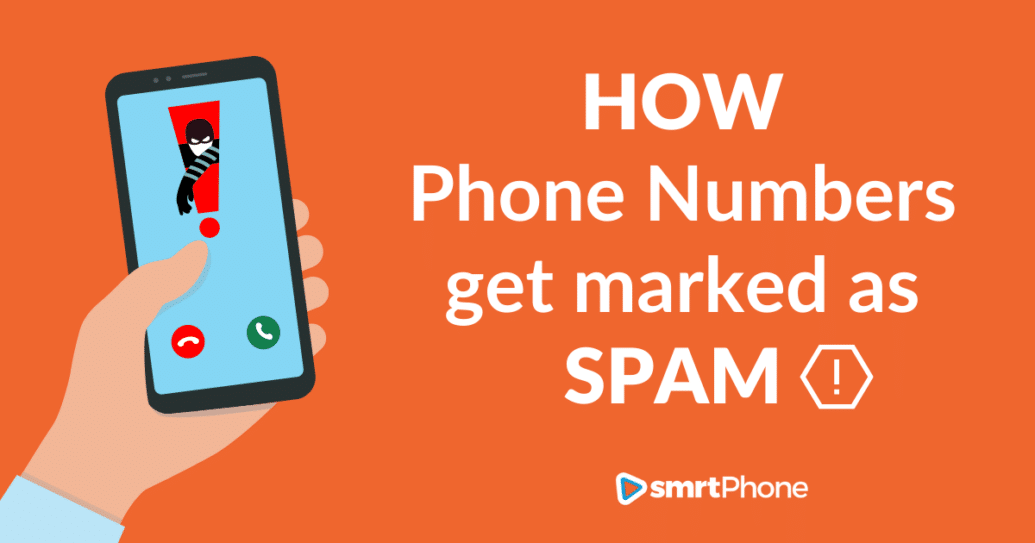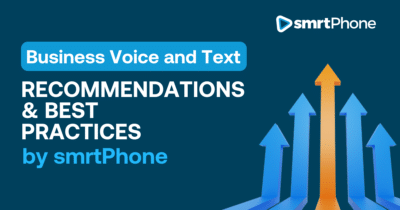Business owners need to understand how and why phone calls are flagged as potential scam.
As the FCC and the major carriers in the US crack down harder on robocalls, spam telemarketing, and caller ID spoofing, it becomes harder for legitimate businesses to reach target audiences. Navigating this new landscape starts with understanding how phone numbers get marked as spam in the first place.
Knowing how the system functions – or sometimes malfunctions – will help you to make the best strategic decisions to keep your phone number assets in good working order.
Decentralized Spam Scoring System
It’s a myth that there is a central database where phone numbers are marked clean or dirty in a definitive way. In fact, the system is completely decentralized and fragmented. Your number can show up as normal on AT&T but present as Potentially Spam on a Verizon powered phone.
Each provider uses their own unique algorithm for whether incoming calls are presented as “spam likely” to consumers. Because you don’t typically know the carrier of the lead you are dialing, this can be especially frustrating. Test calls to yourself will not necessarily reflect the experience of calling someone else who uses a different mobile provider.
Carriers typically use third party data analytics providers to supply some or all of the data that feeds their phone number scoring system. It can help to register your phone numbers with these providers to lower your spam risk profile. It’s as close to a centralized system as exists right now.
Examples include: https://freecallerregistry.com/fcr/ and https://calltransparency.com/ . Registering with these sites should cover you for AT&T, T-Mobile/Sprint, and Verizon.
Algorithm Driven Scoring
There is not one factor that determines whether a phone number is marked spam likely or not. The providers use proprietary, multi-variable algorithms to analyze and determine the status of a phone number.
It’s helpful to think of it like the Google search algorithm. No one unaffiliated with Google — not even the top SEOs in the country — can say for sure what the variables are that go into search engine results. But, there are general guidelines, educated guesses, and trial and error research that help companies’ websites perform well in search rankings.
It’s the same for spam scoring of phone numbers. No one knows the exact equation, but we have a general idea of what affects the scores. Some are out of your control, but some you can influence.
Few Known Variables
Some of the known elements that can help or hurt your phone number spam scores include:
- Volume of calls
- Call duration
- Answer rates
- Crowd source feedback
- Attestation levels (trust scores related knowing who the phone number belongs to, aided by STIR/SHAKEN)
- Other, unspecified variables
Another factor that weighs in is time. Most telecom providers hold surrendered phone numbers three to four months before returning them to the general pool to be reassigned to a new customer. This is because several of the variables are rated based on a timeframe. For example, it’s not just the number of calls that go out on one of your lines, it’s the number of calls within a specific time period. (This is why cycling phone numbers can be helpful for outbound sales calls and why we have multiple caller ID built into our smrtDialer campaign setup)
Although we know these data points factor in, we don’t know which is most important or how they are weighted. However, it is still useful to know because it can impact how you handle outbound calling. For example, if you know answer rates are important, you need to be thoughtful when calling cold lead lists and cycle your numbers regularly because cold lists will result in lower answer rates than warm follow up lists.
Daily Fluctuations
Because time is a factor in many of the provider’s algorithms, your phone numbers can flip flop between being identified as potential spam or going through as normal. We’ve seen it go back and forth in the span of a day or two.
Going back to the Google algorithm analogy… you can search for a term, get a set of results, and then search for the term three days later and get slightly different results. Google has factored in your online behavior since your first search as well as any updates or activities by the websites presented in the results. It’s a similar situation for the spam scoring algorithms. The results are ever-changing.
The spam algorithms are not only unique to each provider but they are constantly at work, creating dynamic and ever changing results for your phone numbers.
Understanding Spam Algorithms Helps You Make Better Decisions
The spam scoring process feels opaque and can leave you with a helpless feeling. But, it is important to understand where you can influence your results and lower your risk to increase response rates.
Don’t get discouraged! Outbound phone calls will always be an important part of building relationships with leads and converting them to closed deals. And, this new world of tighter analytics is affecting all businesses equally. It simply means you need to be aware and build your outbound calling strategy in a way that maximizes your chances of getting positive results.
And, if you want direct tips on how to lower your spam likely risk today, read our next blog post 7 Ways to Combat Being Marked Spam Likely>>



